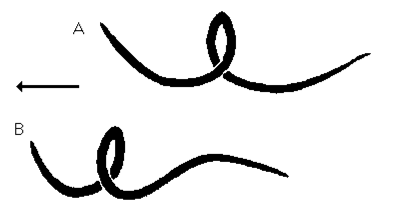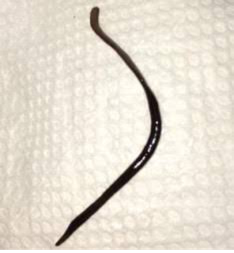Sign up for FlowVella
Sign up with FacebookAlready have an account? Sign in now
By registering you are agreeing to our
Terms of Service
Loading Flow

Other Interesting Facts
Respiration:
Worms have no lungs and breathe through their skin. They can use the dorsal surface of their tail for obtaining oxygen. So, in shallow water, they stick their tail up to the water surface to obtain more oxygen. But, worms are able to survive even when there is little oxygen in the water.
Circulation:
Blood with hemoglobin flows in blood vessels and capillaries. The dorsal blood vessel pumping blood throughout the body is easily seen in each worm. Blood always flows in a forward direction (from tail-to-head) in the dorsal blood vessel.
Nerves, Muscles and Movements:
A nerve cord that controls the muscular movement is found just below the intestine, along the entire length of the body. Worms use their muscles to crawl through the mud. Bristles that project from the side of their body provide traction. In a defensive move worms will rapidly pull back their head or tail if it is touched. Worms that hold their tail up to the water surface may quickly withdraw it if a shadow suddenly occurs, because of the pHotoreceptors ( tiny eyes) on the tail. In water, worms can also swim for short distances by making corkscrew movements with their body.

